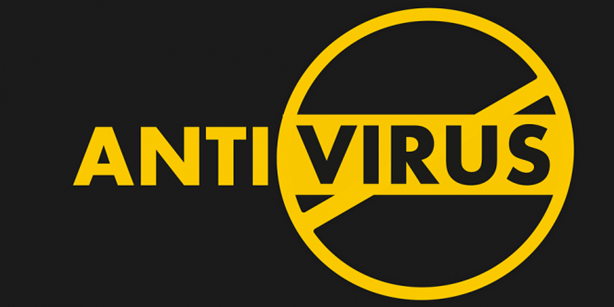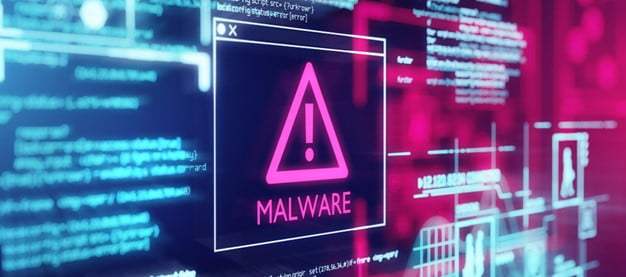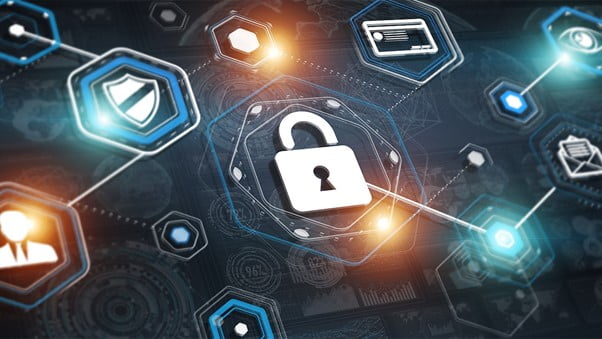What is an Antivirus and Why is it Important?
Most of us know about viruses and know what harm they could bring us and our systems if not resolved on time. With this blog we want you to have complete knowledge of the most common types of viruses so that it is easier to deal with them with the right Antivirus.

Antivirus is a data security program that is installed on a computer system that regularly scans it, recognizes the viruses, and works on removing them from the system. It works against malware like viruses, trojans, spyware, spam attacks, phishing attacks, and other cyber-attacks. Antivirus not only eradicates a virus but also avoids any potential virus from infecting the system in the future.
A Computer system without an antivirus is like a bank with open gates and no security which will attract thieves and burglars. Similarly, a computer without an antivirus will welcome all the viruses for a party. An antivirus will act as a bolted door with a security guard as protection for your computer removing all types of malicious viruses.
Before starting, we will have a look at some more information about the Antivirus.
What is Malware?
Malware means malicious software, is an intrusive software that has been developed by a very skilled developer to harm, destroy, damage computer systems, gain access to sensitive information from the system without the user’s permission.

Types of Malware:
There are multiple types of malicious software in which some of the popular types of it are mentioned below:
- Ransomware: Ransomware steals a computer or the data it covers until the sufferer makes a payment. It encrypts stolen data in the computer with an unknown key. The user must pay money to the cybercriminals to decrypt his data. Once the money is paid to the criminal, they will allow the user to resume using his/her system.
- Trojan: Trojan or Trojan Horse is a piece of code that cannot reproduce itself but deceit as something the user needs and fools them into activating it so that it can harm it. A Trojan horse is different from a virus because the Trojan mixes itself to non-executable files, such as image files, audio files.
- Viruses: This type of malware is well-known to everyone. It is a malicious executable code that is attached to another executable file then forces that program to take harmful action and spread itself.
Why are Viruses called viruses? It is because they spread from one program to another, just like the genetic viruses spread from one body to other bodies and are very hard to detect.
- Worm: It is a standalone malware that replicates itself and spreads from computer to computer. Worms generally work to slow down networks. A virus requires a host program to run but the worms can run by themselves. After a worm harms a host, it can flow very rapidly over the network.
- Rootkits: A rootkit adjusts the OS to make a backdoor. Attackers then use the backdoor to gain access to the computer remotely. Most rootkits take benefit of software vulnerabilities to alter system files.
- Spywares: The motive of spyware is to pilfer private and personal data from a computer system for a hacker or a third party. Spyware collects information and conveys it to the hacker.
Like genetic viruses, there are different types of Computer viruses also as given below:
- Direct Sector Virus: This virus does not present itself or stow away in the PC’s memory; it attaches itself to a specific type of file, and when somebody executes the file, it bounces to life and searches for similar for it to circulate too. It stops some files from being accessible.
- Macro Virus: A virus of this type uses popular applications such as Microsoft Outlook and Word etc to allow a macro program to be injected into emails and documents, so the program can run automatically when the file or the document is opened. Therefore, we should never open an unexpected or dubious attachment in an email.
- Resident Virus: This type of virus installs itself on a PC, allowing them to work when the actual source of the virus has been removed, making them quite hazardous. There are two types, fast infectors, and slow infectors.
- Boot Sector Virus: Somewhat obsolete now that we no longer use floppy disks, these can crop up on USB drives and in email attachments. They infect the master boot record and are difficult to remove.
Where Does Malware Come From?
Malware/Viruses are programs written by very highly skilled programmers for multiple reasons some of the common reasons are mentioned below:
– Identity Theft/Restricted Data Theft
– Boasting Rights
– To Access the system Remotely
– To harm organizations or rival business entities
How do Virus Spread?
Viruses are projected to spread rapidly and easily and can do so in various ways. The most common are as follows:
– Malicious website
– File downloaded from the Internet.
– External storage device like USB device
– Social media scam links
– Network
– Message or Email Attachments
Symptoms of Malware infected Computer System
Your computer system can be infected by malware if you are observing any of the following symptoms:
– Frequent computer crashes
– Slow computer performance
– Mysterious data loss
– Inconsistent computer behavior
– Strange activities like password changes.
– Lack of Ability to perform any task on the computer system or on the internet.
– Anonymous programs start with the start-up of your computer.
How can malware be removed?
Antivirus or Antimalware software is like a spark of bright light in a world full of darkness with viruses/malware. The number of advantages that they offer are immeasurable. It offers very comprehensive threat protection and the best way to shield the computers of your organization against all types of malware such as ransomware, Trojan horses, viruses, spyware, adware, rootkits, identity theft, and more.

Antivirus investigates each and every file and piece of software that attempts to install or execute on your computer and finds it is malicious. It does this in 2 methods.
- Behavior-based: These are more advanced computer programs that combine their list of signatures by examining and assessing the function of a program whether it is acting appropriately and maliciously. Let me give you an example if a fresh file starts altering the OS and starts encrypting your computer system, this type of antivirus can block that software because it is functioning like a malware/virus.
- Signature-based: This is the most popular technique. Antivirus providers are regularly publishing lists of identified malware programs as reported throughout the Global Network. In case if a file matches with the list, it will be blocked. Factually thousands of new viruses are discovered on the daily basis, so it is very important to check that antivirus application is set up to take update frequently. This type of Antivirus works properly, but in case if you have been hit with a new piece of malware program that has not been incorporated in your software’s list yet or never identified before, you will not be protected.
We hope the blog gave you an understanding of the malware, types of malware, symptoms of an infected system, and the way to protect the computer systems of your organization from the malware.
Are you curious to know which Antivirus solution you should choose to protect your system or organization? Let us meet in the next blog.
If you are looking for a consultant to Plan, Design, and Deploy Antivirus solutions in your organization. Reach out to us at Zindagi Technologies Pvt Ltd.
We, Zindagi Technologies Pvt Ltd as a top IT consulting and fast-growing organization, have successfully deployed multiple Antivirus solutions across the Public, Private & Défense sectors.
Author
Ankesh Singh
Network Consultant Engineer
